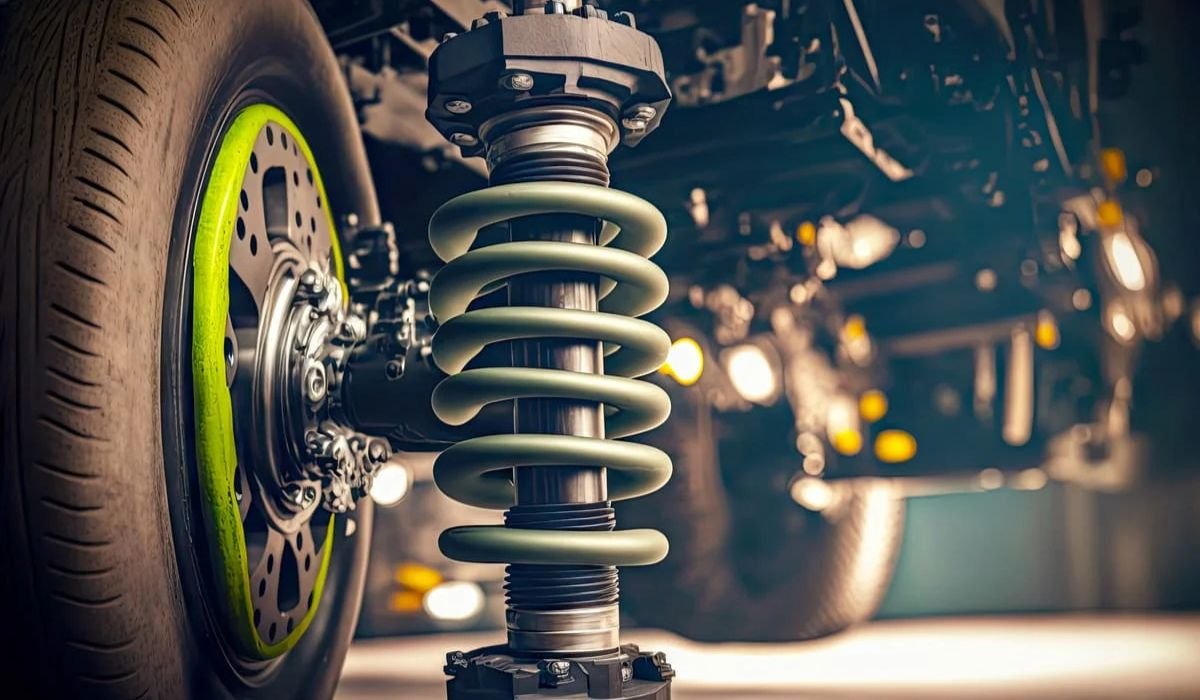Introduction
The Minolta XG-A is a classic 35mm film camera known for its timeless appeal and reliable functionality. Many photographers cherish its simplicity and the stunning images it can produce. However, behind every great shot lies the essential role of the XG-A battery. Understanding the importance of the XG-A battery is crucial for ensuring the camera operates smoothly, allowing photographers to focus on capturing beautiful moments without interruptions. This article will cover the different battery types compatible with the XG-A, battery specifications, installation tips, maintenance practices, and troubleshooting methods to keep your camera in peak condition.
Understanding the XG-A Battery
Battery Types
When it comes to the XG-A battery, several options are available, each with its own characteristics. Here’s a closer look:
Mercury Batteries
Historically, mercury batteries were a common choice for cameras, including the XG-A. They offered stable voltage output and long shelf life. However, due to environmental concerns surrounding mercury, their production has largely ceased. If you have older stock, remember to dispose of these batteries responsibly.
Silver Oxide Batteries
Silver oxide batteries are a prevalent modern alternative for the XG-A. They offer several benefits, including:
- Higher Energy Density: This means they last longer than many other options.
- Consistent Voltage: They provide stable power throughout their lifespan.
Typically, they can last between 2 to 3 years, depending on usage.
Alkaline Batteries
Alkaline batteries are a more widely available option and can be used in the XG-A. However, they come with some drawbacks:
- Lower Voltage: Alkaline batteries often deliver less consistent voltage compared to silver oxide.
- Shorter Life: They generally have a shorter lifespan, which may lead to frequent replacements.
Lithium Batteries
Lithium batteries are becoming a popular choice for many camera models, including the XG-A. Here’s why:
- Long Shelf Life: They can last up to 10 years when stored properly.
- High Energy Output: They deliver a strong, consistent performance throughout their use.
Battery Specifications
When selecting the right battery for your XG-A, pay attention to the following specifications:
- Voltage Requirements: The XG-A typically requires a 1.5V battery, so ensure your chosen battery meets this requirement.
- Size and Dimensions: Most batteries suitable for the XG-A are compact. For example, the commonly used SR44 (or LR44) batteries fit perfectly.
- Battery Life Expectancy: Depending on the type, battery life can range from a few months to several years.
Battery Placement and Installation
Installing the battery correctly is crucial for your camera’s operation. Here’s a step-by-step guide to help:
- Open the Battery Compartment: The compartment is usually located at the bottom of the camera.
- Remove the Old Battery: If there is an old battery, carefully remove it, noting its orientation.
- Insert the New Battery: Place the new battery in the same orientation as the old one. Ensure that the positive (+) and negative (-) terminals align correctly.
- Close the Compartment: Securely close the battery compartment to prevent any movement during use.
Safety Precautions
- Avoid Short-Circuiting: Do not allow metal objects to come into contact with the battery terminals.
- Check for Leaks: Regularly inspect batteries for signs of leakage, which can damage your camera.
The Importance of Battery Maintenance
Regular Testing
Maintaining your battery health is essential for consistent camera performance. Here are some simple methods to check your battery:
- Use a Battery Tester: A multimeter can help measure the voltage to ensure it’s within the expected range.
- Check the Viewfinder: If the viewfinder display is dim or non-functional, it may indicate a weak battery.
Proper Storage
Proper storage of batteries when not in use can extend their lifespan significantly. Here are some tips:
- Store in a Cool, Dry Place: Extreme temperatures and humidity can negatively impact battery performance.
- Remove Batteries: If you won’t be using the camera for an extended period, remove the batteries to prevent leaks.
Battery Disposal
Disposing of batteries responsibly is vital for environmental protection. Here are some environmentally friendly practices:
- Use Designated Recycling Centers: Many communities have specific drop-off points for battery recycling.
- Follow Local Guidelines: Check local regulations for battery disposal to ensure compliance.
Troubleshooting Battery Issues
Common Problems
As with any device, battery-related issues may arise. Here are some common problems and their indicators:
- Battery Not Powering the Camera: If the camera fails to power on, the battery may be dead or improperly installed.
- Erratic Shutter Behavior: Inconsistent shutter performance can indicate a weak battery or contact issues.
- Viewfinder Display Issues: A flickering or dim viewfinder often suggests battery problems.
Troubleshooting Tips
If you encounter issues with your camera, consider these troubleshooting tips:
- Checking Battery Contacts: Ensure the battery terminals are clean and free of corrosion.
- Replacing the Battery: If the camera isn’t functioning, try replacing the battery with a new one.
- Considering Other Potential Causes: If the problem persists, there may be other underlying issues within the camera itself.
YOU MAY ALSO LIKE: Sonew Mini Keyboard V02.1.1: Features and Performance Review
Conclusion
The XG-A battery is a crucial component for ensuring your Minolta XG-A camera operates smoothly and effectively. By understanding the different battery types, specifications, and maintenance practices, you can significantly enhance your photography experience. Proper battery care, installation, and troubleshooting will allow you to capture stunning images without the hassle of technical interruptions. Whether you’re a seasoned photographer or just starting, maintaining your XG-A battery will help you focus on what truly matters—creating beautiful photographs.
FAQs
What type of battery does the Minolta XG-A use?
The Minolta XG-A typically uses silver oxide batteries (like SR44) but can also work with alkaline or lithium batteries.
How do I know if my XG-A battery is weak?
Signs of a weak battery include a dim viewfinder, erratic shutter behavior, or the camera not powering on.
How should I store batteries for my XG-A?
Store batteries in a cool, dry place and remove them from the camera if not in use for an extended period.
What should I do if my camera doesn’t power on?
Check the battery installation and contacts, replace the battery, and consider other potential issues within the camera.
Is it safe to dispose of batteries in regular trash?
No, batteries should be disposed of through designated recycling centers or according to local regulations for safe disposal.





